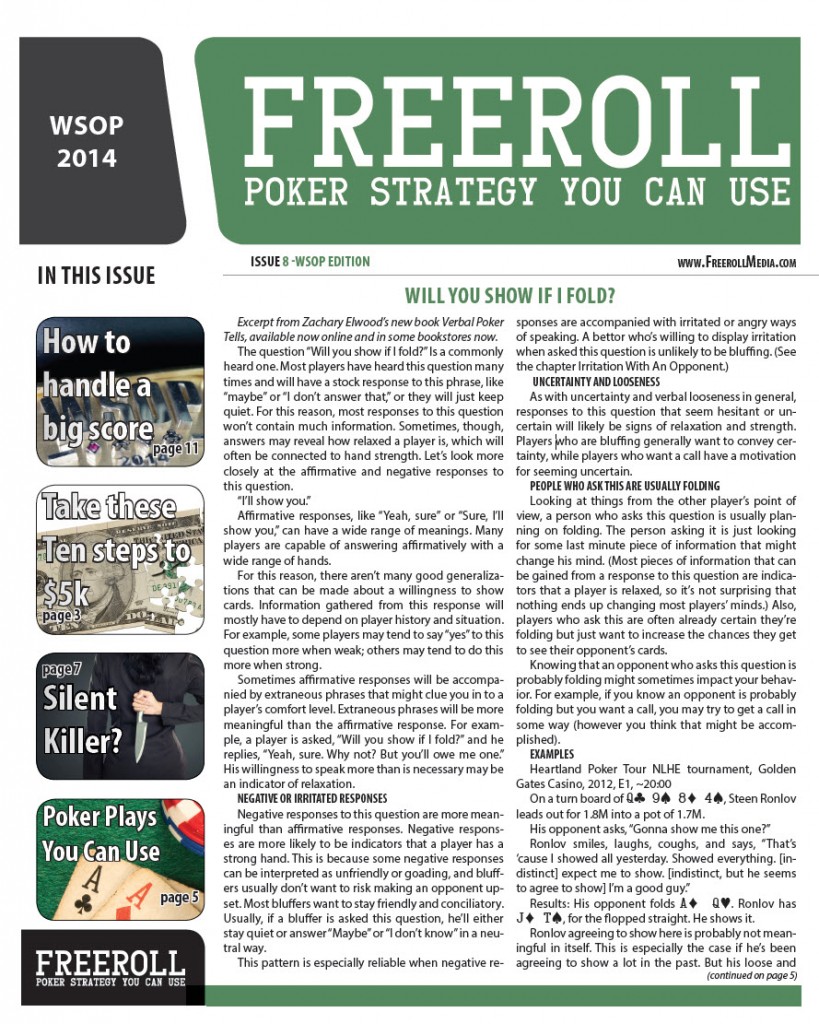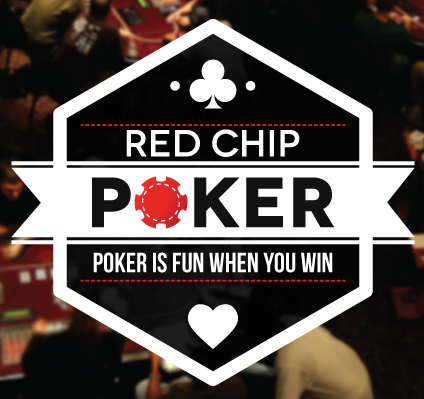Demystifying Tilt
- By Jared Tendler
- February 20, 2014
- Comments Off on Demystifying Tilt
 When I started working in poker I had a master’s degree in counseling psychology and thousands of hours of experience in my field but I had never heard of tilt. Six years later and tilt is the biggest part of my job as a mental game coach and the focal point of my book The Mental Game of Poker. Despite the fact that tilt is possibly the most destructive part of anyone’s earn rate, very little has been done to understand it until now.
When I started working in poker I had a master’s degree in counseling psychology and thousands of hours of experience in my field but I had never heard of tilt. Six years later and tilt is the biggest part of my job as a mental game coach and the focal point of my book The Mental Game of Poker. Despite the fact that tilt is possibly the most destructive part of anyone’s earn rate, very little has been done to understand it until now.
As an outsider looking in from the psychology industry, perhaps my biggest observation about tilt was that it has been built up to be a much bigger, more mysterious entity than it actually needs to be. There is no wonder that it can be so frustrating because it is viewed as something random that it can’t be fixed.
Tilt is actually much more straightforward than you may think, but you need to understand it better before you can tackle it. In this article I’ll straighten out a few of the major misconceptions about tilt.
Tilt Is Random
One of the biggest reasons why tilt is seen as mysterious is because poker players have been led to believe that it occurs randomly, it is the same conventional wisdom that also suggests that playing your A game is equally as random. Nothing could be further from the truth. Tilt is actually incredibly predictable. The problem is that most people do not have an idea of what warning signs they need to look out for.
The first thing I do with all my clients is to get them to work on their Tilt Profile. This is a questionnaire designed to help them understand what causes their tilt (triggers), what happens when they’re on tilt or in the escalation of it (what they say, do, think, and how they play), and how they can spot tilt before it gets so bad that it affects how they play. Often just being aware of what they find in the Tilt Profile is enough to reduce tilt. For that reason, I recommend they keep working to understand and recognize their tilt; it allows them to anticipate when they’re about to tilt so that they can nip it in the bud. Plus, it also makes it easier to track progress. For example, when you see that a particular trigger – a bad beat – happen and it doesn’t cause you to start playing more aggressively, you can prove that you’re making progress rather than just thinking you are.
Tilt = Bad Play
Another reason why tilt is an impossible problem to fix is because it is defined too broadly. For many players it simply means playing less than their best. So, instead of isolating key details about why you played badly, you just focus on what happened. Whether it was a small technical mistake (losing focus, losing to a fish, autopiloting, feeling pressure) or a monkey tilt rage that costs you six buy-ins, everything is described as ‘tilt.’ When your definition of tilt is so vague, there’s no way to implement a specific solution to fix it.
There are many things that tilt is and many things it is not, so in order to make tilt easier to understand, this is a simple formula I have created to describe tilt: Tilt = Anger + Bad Play
In the thousands of hours I’ve spent working with poker players from around the world, when (continued from page 1)
players talk about tilt, the large majority are referring to being angry. So while there are a ton of reason you can play badly, most of the time players talk about being tilted they’re referring to playing badly because they are angry. Defining tilt this way makes it simpler to understand. If you are angry but playing well, you are not on tilt. If you are not angry but playing badly, it is not tilt it’s something else such as fear, low confidence, being indecisive, or lack of focus. Only if something has made you frustrated, angry, or enraged and you’re playing poorly do you have a tilt issue. Not only does this make this issue more straightforward, now you can break down the two elements that make up tilt to hatch a plan to fix it. You can work towards resolving what caused you to get angry and tighten up the leaks that happen when you’re angry.

Tilt Is an Unavoidable Part of the Game
No wonder players just accept tilt when it happens; there is a belief that tilt is just an inevitable part of the game, like variance. Perhaps because there are such clear correlations between negative variance and tilt, people just accept that the two things are one in the same. That would be hard to dispute were it not for the reality that not everybody tilts. If tilt were unavoidable, then everyone who has aces cracked would have the same response, but they don’t. Some people can go on tilt after one bad beat, whereas others need several months of coolers to react in the same way.
There has to be something about the way one player approaches the mental game that makes it easier for them to control their tilt than someone with a major tilt issue. The mental game is a skill set like any other in poker, but, compared to the technical work they have put in, most players hardly work at it. My clients have worked really hard to bring their mental game up to speed, and by focusing on this part of poker when most others don’t, it’s become a great way for them to create an edge.
The Way to Fix Tilt Is to Block it out or Avoid It
The biggest difference between my work and the conventional wisdom that’s out there is how we attempt to combat tilt. Most approaches to poker psychology either advocate ways of numbing yourself to emotions by meditating, breathing exercises, exercise, neurolinguistic programing , holding your breath, or ‘just not tilting.’ They’ll also suggest taking breaks, quitting early, or dropping down stakes as a way of taking the pressure off.
These approaches are good for managing tilt and they do have benefits, but if you’re like many players who have tried them, you’ve found that they only work for a short time. The key is replacing these short-term strategies with a long-term one that resolves the underlying reasons why you tilt. A containment strategy is like a band aid, but the crux of your tilt issue is more like a bullet wound that needs intense work to patch up. You have to get to the reasons why you tilt in order to know how to resolve a tilt issue, and that starts by understanding your tilt better. My book, The Mental Game of Poker, goes into great depth about how to understand and solve tilt.


